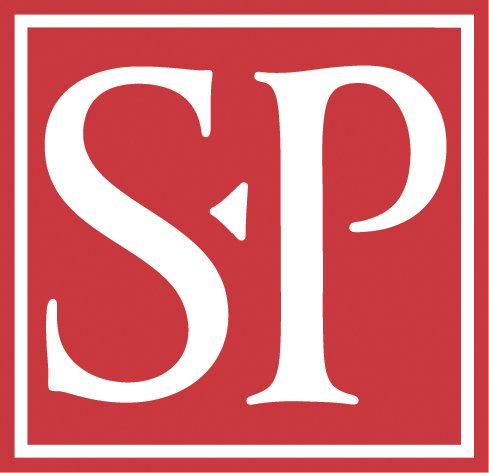About The Society of Printers
The Society, dedicated simply to the study and advancement of the art of printing, has been meeting since 1905. The Society is a private organization that meets nine times a year, usually over dinner, to enjoy a presentation by a respected expert from one of the many areas of our concern: literate design, printing and design past and present—whether or not it involves paper, interesting bibliographic rarities, publishing trends, and other graphic works worth noticing. But the important part of the evening is the conversation with colleagues and friends who, as artists, artisans, designers, publishers, scholars, collectors, educators, and librarians, have very much to share. It is a trajectory of tradition and history that compel us to meet and continue to consider the future of printing and the intelligent visual communication of ideas in all its physical and virtual forms.
History
At the end of the 19th century Boston was a hub for printing and making beautiful books. Proponents of the Arts and Crafts movement interested in all aspects of book production organized a series of lectures on printing that was included in a Boston Public Library course in 1903–04. As a result of those lectures a plan for a new educational organization materialized. Such luminaries as Daniel Berkeley Updike and Bruce Rogers helped form the Society of Printers in 1905. Among our membership have been — and are — some of the greatest practitioners of book and type design, calligraphy and lettering, illustration, and publishing. The Society's membership over the years has included luminaries such as Dwiggins' helpmate, confidante and designer Dorothy Abbe; sculptor, engraver and letterpress printer Leonard Baskin; calligrapher, book and type designer, and puppeteer William A. Dwiggins; Harvard Librarian, collector and curator Philip Hofer; Dartmouth printer and educator Ray Nash. Contemporary members include type designer Matthew Carter, master wood engraver Barry Moser, the scholar printer Roderick Stinehour, and the inimitable Hermann Zapf, to mention just a few.
The typographic historian, Henry Lewis Bullen, at the time wrote “There is developing in the printing industry in this country a body of printers which is perceptibly reinstating printing in that good regard in which it was once held. Members of this body are found in small towns as well as in the larger cities. They are unorganized, except in Boston. The Boston Society of Printers stands alone among printers’ associations in cultivating the higher view of printing—its marvelous influence, its illustrious masters, its subtle art, and its interesting traditions.”
The first public act of the Society was to mount an exhibition in honor of the 200th birthday of Benjamin Franklin called, “The Development of Printing as an Art.” It opened on New Year’s Day 1906, just a few yards away, in the Library’s original McKim Building. Appropriately, the Society’s centennial exhibition, in 2005, called “Boston Ink,” was held in the same venue.
